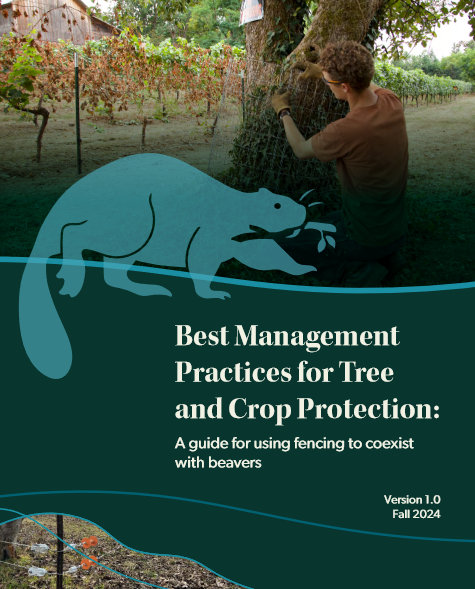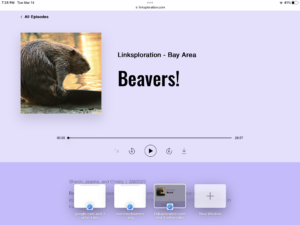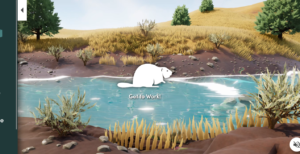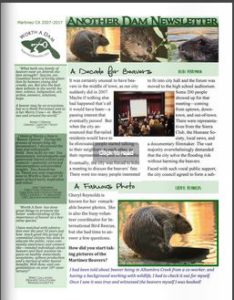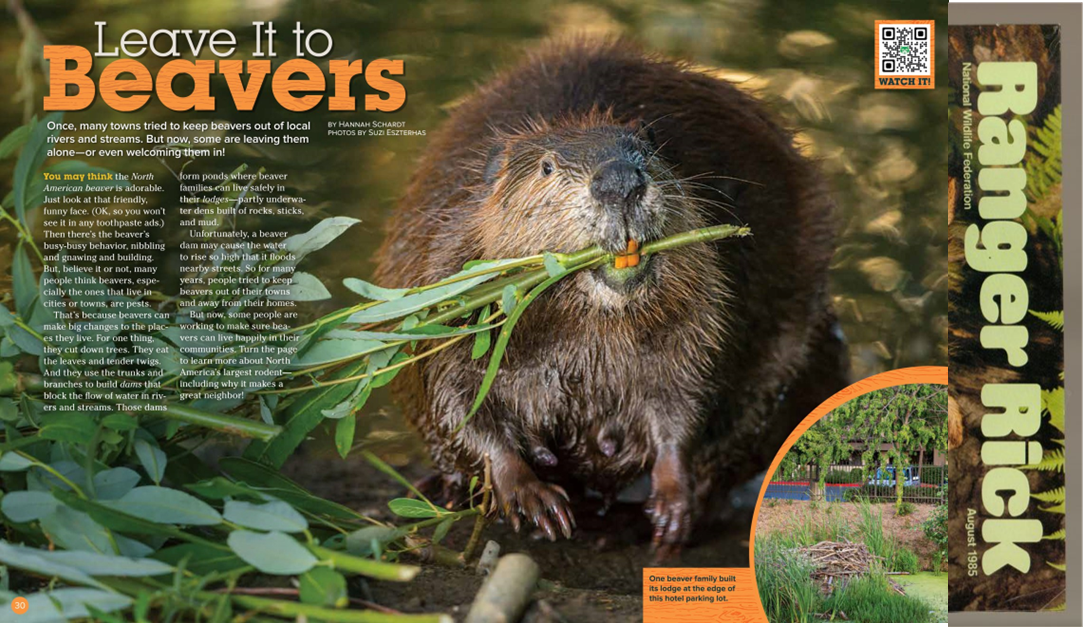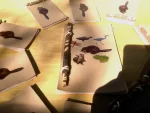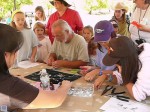There is much to revisit on the flooding front. I’ve been checking out the recent paper on this front from Puttock et al from Exeter University. Here’s the money quote on flooding.
beavers were likely to have had a significant flow attenuation impact, as determined from peak discharges (mean 30 ± 19% reduction), total
discharges (mean 34 ± 9% reduction) and peak rainfall to peak discharge lag times (mean 29 ± 21% increase)
during storm events.
And those effects were only from the 13 dams of a single pair of beavers! Imagine the effect of a healthy stream full of beaver! Apparently I’m not the only one to be really excited by those numbers. I’ll post the article at the end.
Beaver dams helping with floods

Beavers have been acting as engineers of their own craft in wetland areas for over a hundred years with their dams. However, rural people have had their concerns of the future prospects of flooding in their areas and will have the opportunity to learn how beavers can make an impact on water storage during periods of flooding and drought at an upcoming symposium hosted by the Miisstakis Institute and the Alberta Riparian Habitat Management Society (Cows and Fish) on how humans and animals co-exist.
“Beaver can absorb quite a significant amount of medium-sized floods and at the same time they provide benefits for ranchers and the environment,” said Rob Gardner, a Medicine Hat- based conservationist and consultant.
Gardner had noticed on his hikes out in the prairies that there were streams with beavers in them that were looking healthy with lush growth along the banks, while others nearby did not have the same treatment.
“Occa ssionally they’ll put a dam where it starts to flood something that people have gotten attached to whether it’s a hay field or wintering areas that’s close to a creek. If a beaver dam is flooding your property, then chances are a flood will be flooding it pretty soon. Beavers are giving fair warning that you build your structures close to the creek.”
ssionally they’ll put a dam where it starts to flood something that people have gotten attached to whether it’s a hay field or wintering areas that’s close to a creek. If a beaver dam is flooding your property, then chances are a flood will be flooding it pretty soon. Beavers are giving fair warning that you build your structures close to the creek.”
You have to love Cows and Fish and the Miisstakis Institute for spreading the word so well and bringing it so down to earth for the ranchers. Beavers are giving you a message about your land and what you can expect. Pay attention! You can tell what a difference beavers make by using your eyes by just looking, (like we did in Martinez), or you can science the shit outta this thing, as they are doing in Wales. Turns up you end up with pretty much the same result.
Beavers make the difference, pass it on…
Brazier









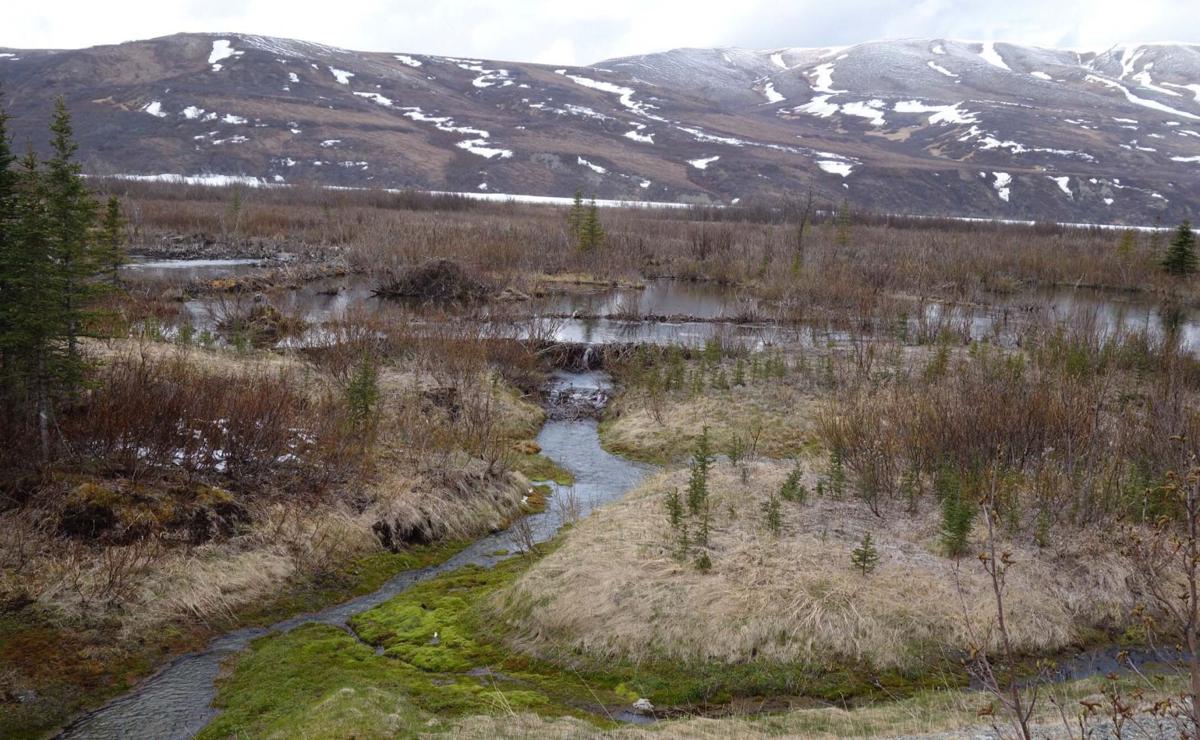 Tape and co-authors Ben Jones, Chris Arp, Ingmar Nitze, Guido Grosse and Christian Zimmerman are writing about those changes in a paper with the working title, “Tundra be Dammed: Beaver Colonization of the Arctic.”
Tape and co-authors Ben Jones, Chris Arp, Ingmar Nitze, Guido Grosse and Christian Zimmerman are writing about those changes in a paper with the working title, “Tundra be Dammed: Beaver Colonization of the Arctic.”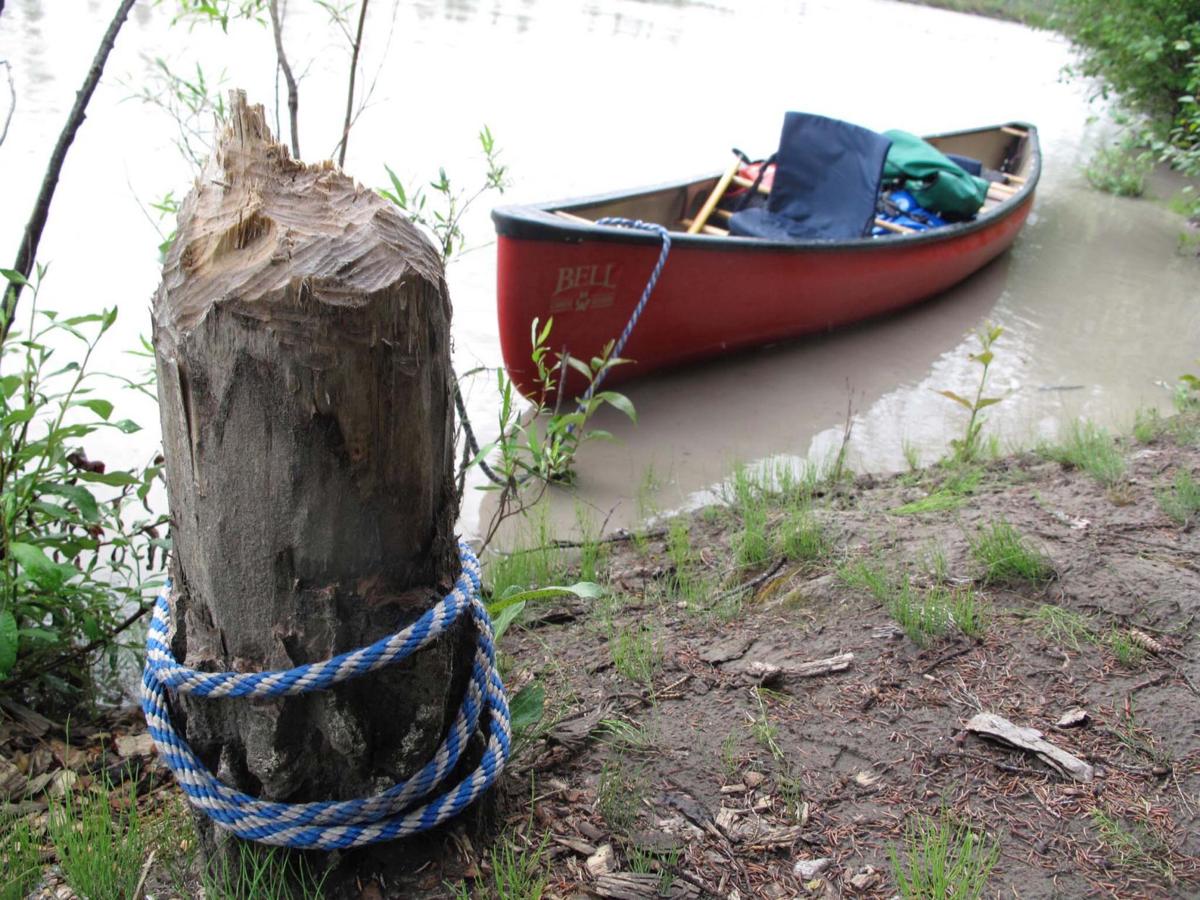 miles south of the Arctic Ocean in northern Yukon Territory.
miles south of the Arctic Ocean in northern Yukon Territory.

